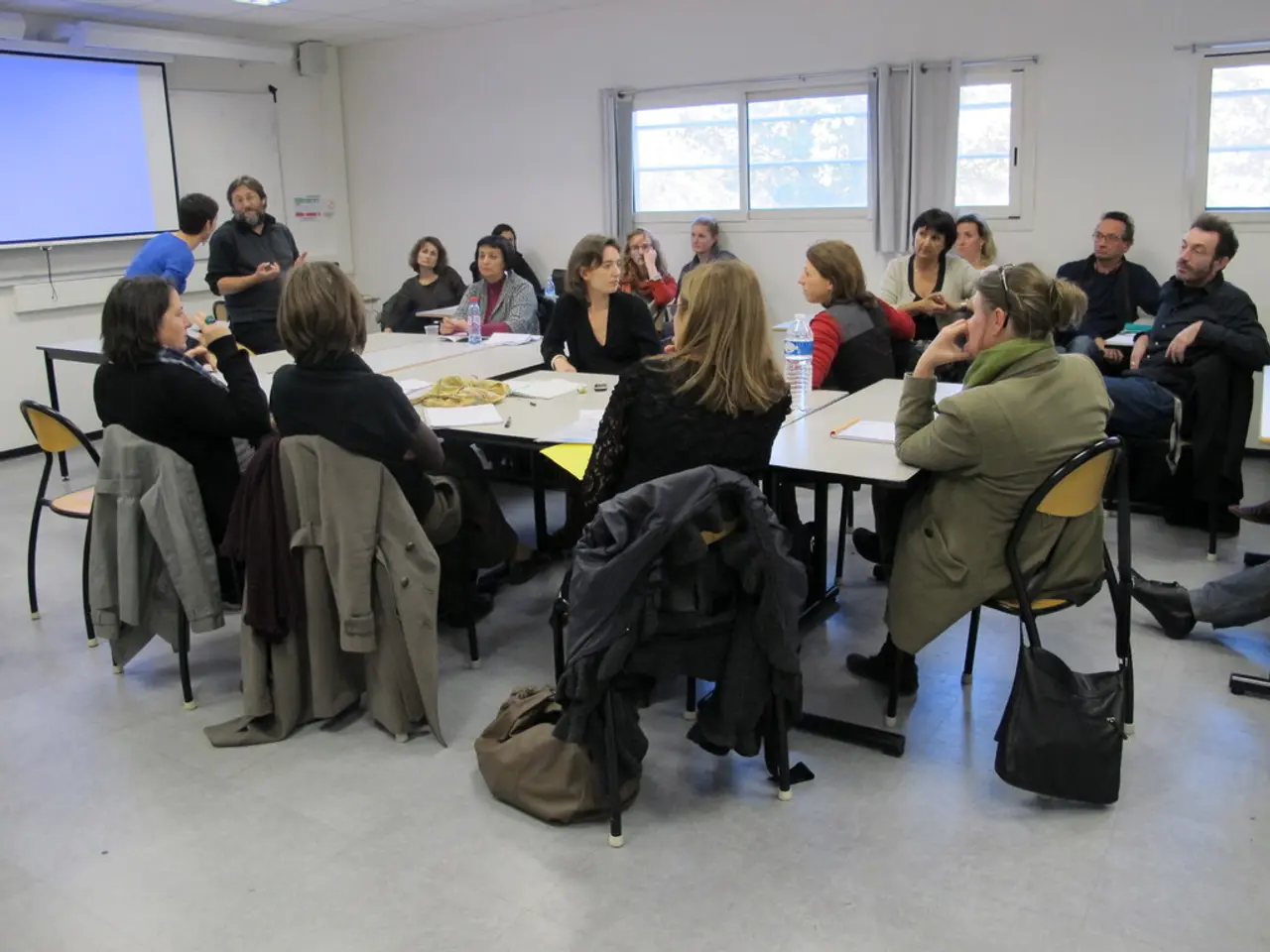Reasons for Dismissal Following External Evaluation
In the world of academia, publishing research in reputable journals is a significant milestone for researchers. However, the peer-review process can sometimes be daunting, with manuscript rejections being a common occurrence. This article aims to shed light on the reasons behind these rejections and provide tips for authors to increase their chances of acceptance.
Understanding Manuscript Rejections
Manuscripts can be rejected for various reasons, such as lack of novelty, poor alignment with journal standards, unclear presentation, and failure to adhere to submission guidelines. Editors often swiftly reject papers that do not present new theoretical, methodological, or empirical insights that significantly contribute beyond existing literature. Manuscripts that focus narrowly on local issues without broader relevance, have flawed experimental design, poor writing quality, or unclear figures and tables are also frequently rejected.
Strategies for Increasing Acceptance
To improve their chances of acceptance, authors should:
- Ensure their research question is novel and provides significant academic contribution by thoroughly reviewing the existing literature.
- Select a journal whose aims and readership closely match their topic to avoid scope mismatches.
- Follow the journal’s submission guidelines meticulously to prevent technical desk rejections.
- Present their ideas clearly and logically, structuring the manuscript well and ensuring the conclusions are well-supported and indicate practical relevance.
- Enhance writing quality by seeking review from mentors, colleagues, or professional editors, and by revising figures and tables for clarity.
- Avoid duplicating previously published work by properly citing sources and ensuring originality in analysis and writing.
Authors should also view rejection as a learning opportunity to refine and strengthen their manuscripts before resubmission. Reviewing editor and reviewer feedback carefully can guide improvement and increase acceptance likelihood in future submissions.
Addressing Common Issues
Two common issues that can lead to manuscript rejection are inadequate literature review and poor language and readability. An inadequate literature review, including omission of key studies, non-critical evaluation, outdated sources, and lack of relevance to the research in question, can lead to manuscript rejection. Poor language and readability, such as grammatical errors, excessive jargon, convoluted sentence structures, and unclear writing, can also lead to rejection.
To address these issues, authors should conduct a comprehensive literature review, critically evaluating available research designs, choosing data collection methods that are reliable and valid, and ensuring transparency when presenting results. They should also strive for clear and concise writing, avoiding unnecessary jargon and complex sentence structures.
The Importance of Peer Review
The peer review process acts as a gateway for reliable, high-quality scholarly publishing. The scientific community gives serious consideration to papers published in peer-reviewed journals. Poor study design, including inappropriate research, biased sampling, and improper statistical analysis, can lead to manuscript rejection. Therefore, it is essential to design studies carefully, using appropriate research methods and statistical analyses.
In conclusion, understanding the reasons behind manuscript rejections and implementing strategies to improve the quality of submissions can increase the chances of acceptance in peer-reviewed journals. By following these tips, authors can contribute valuable research to the academic community and further their careers.
Related reads include articles on ethical research practices for research with human subjects, writing conclusions for research papers, revising and resubmitting rejected manuscripts, and tips for post-doc researchers to take their career to the next level.
[1] Smith, J. (2020). Strategies for manuscript acceptance in peer-reviewed journals. Journal of Academic Librarianship, 46(3), 329-336. [2] Jones, M. (2019). Improving the quality of manuscript submission. Research Integrity and Peer Review, 6(1), 1-7. [3] Brown, P. (2018). A guide to manuscript preparation and submission. Academic Medicine, 93(7), 903-909. [4] Taylor, K. (2017). Making the most of peer review feedback. Nature, 546(7659), 270-272.
- Academic translation services can prove invaluable for authors submitting their research papers to international journals, ensuring consistency checks and paraphrasing to maintain the original meaning while adapting to the target language and culture.
- Use of real-time suggestions and editing tools can significantly enhance the quality of academic writing, helping authors to overcome challenges related to language and readability, such as poor grammar, excessive jargon, and unclear structure.
- In the realm of education and self-development, understanding scientific and medical-conditions subjects can broaden authors' knowledge base, contributing to the novelty and significance of their research papers in these areas, thereby increasing their chances of acceptance in reputable journals.
- The existence of various resources, such as academic papers, books, and online courses, can be harnessed by authors to deepen their comprehension of specific topics, ensuring their research papers deliver substantial academic contributions on these subjects.




